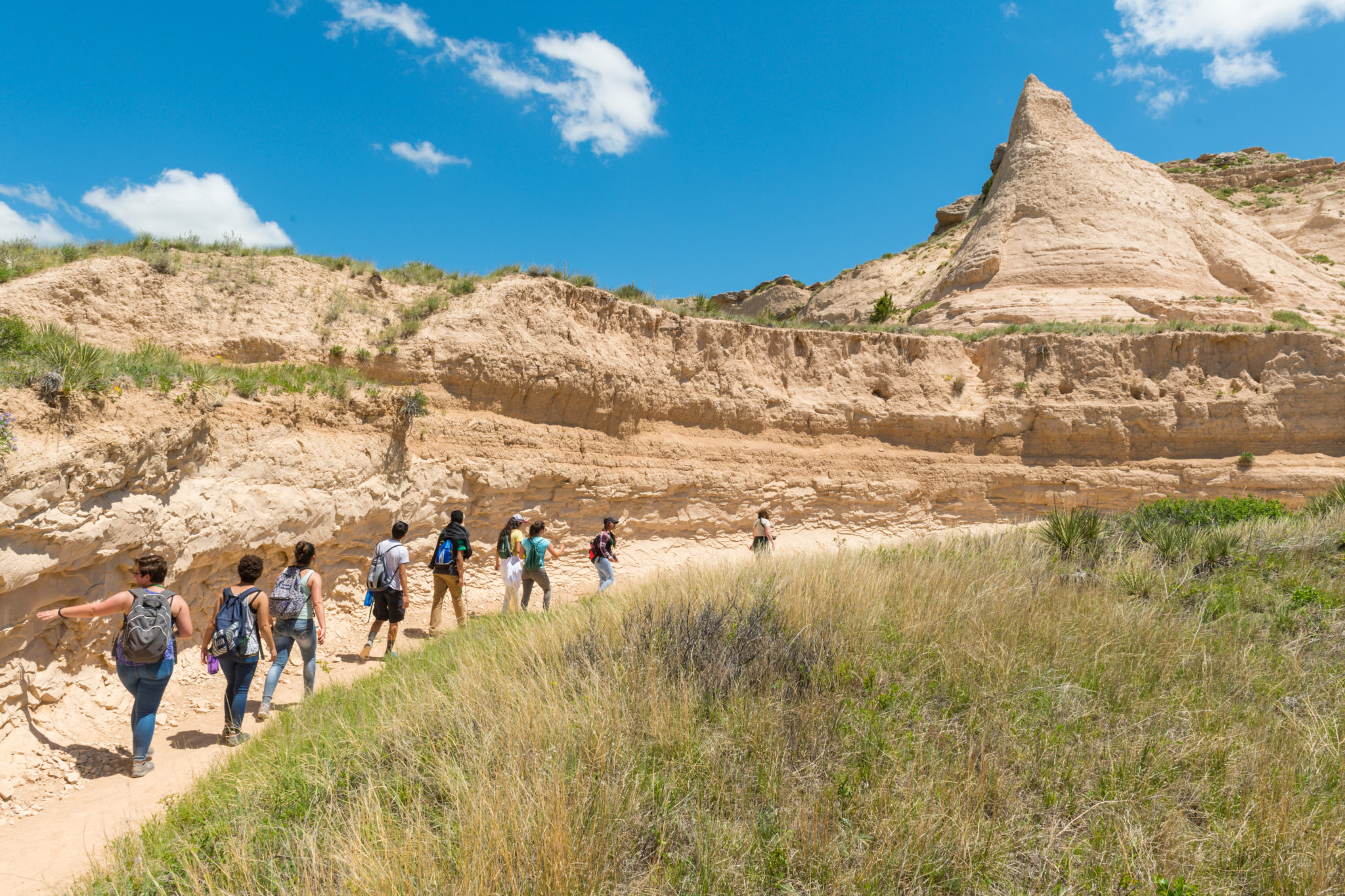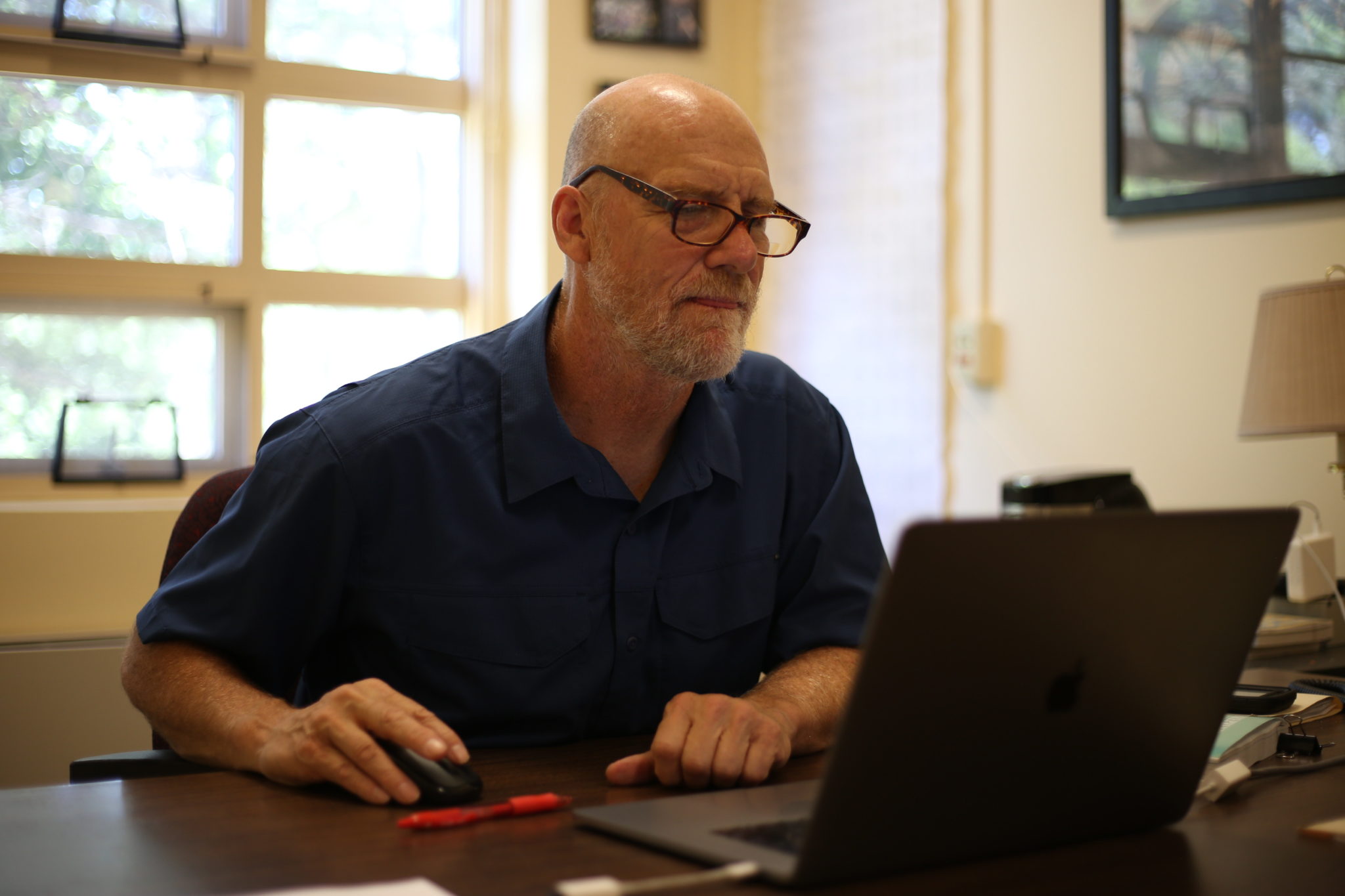
According to a 2010 National Park Service survey, only about 9 percent of visitors at all national parks identify as Latino. New research from Colorado State University suggests that the state’s Latino residents are much more likely to visit local parks and open spaces, but still encounter some barriers to engaging with the great outdoors.
Nearly one quarter – 21 percent – of Coloradans identify as Hispanic or Latino. According to findings by a team of researchers from the Department of Human Dimensions of Natural Resources at CSU, one-third of respondents in the Denver metro area visit a nearby park or open space regularly, while half said they visit occasionally.
“The misperception that Latinos and Latinas don’t participate in outdoor recreation at a high level is a perception whose time has come to correct,” said Luis Benitez, director of Colorado Outdoor Recreation Industry Office. “In order to advance the awareness, studies at the academic level must be done in order to establish a more effective baseline.”
Very little information currently exists about how our state’s growing Latino population engages with the natural environment. That’s why Alan Bright, professor of natural resources tourism at CSU, and his team partnered with Boulder County Parks and Open Space and Denver County Parks and Recreation to talk to Latino residents in six Denver metro area counties about their relationship with Colorado’s outdoors.
Reaching beyond barriers
Researchers used a sophisticated web-based platform to deliver an email survey to Hispanic and Latino residents in the study area. Focusing only on park visitors, as often is done, would not capture responses from non-visitors who may experience the greatest barriers to participation. Respondents could reply anonymously.

“This study highlights some key findings that hopefully will inspire natural resources managers to take actions that will make the outdoors accessible for all Coloradoans,” said Bright. “While nearly half of the survey respondents reported being able to overcome the barriers that prevent outdoor space visits, many respondents said they didn’t see enough people like them at the parks and just weren’t comfortable there. That’s a real problem if we truly want our outdoor spaces to be welcoming for all, and that’s why doing this work and having these conversations is important.”
Communication is key
The most preferred and influential sources of information about parks and open space identified by survey respondents were family, friends, the internet, driving past a park, and organizational websites. Half of the respondents said bilingual signage was a preferred method of communication in parks and that same percentage also supported an increased presence of park rangers, particularly bilingual rangers.
Membership in generational cohort influenced some responses. Baby Boomers reported greater discomfort in parks and open space than did Millennials and Generation Xers and reported a greater concern for safety. Millennials were more likely to report not seeing others that were like them as a barrier to visiting parks and open space than Generation Xers and Baby Boomers. Millennials were more likely to report a reliance on friends, websites, and the church as sources of information about parks and open space than Generation Xers and Baby Boomers. Millennials also showed the greatest support for the use of bilingual signage and park rangers.
“CSU’s efforts highlight the importance of this study and more studies like it that explore the preferences for outdoor recreation/open space opportunities for Latinos, and how our public agencies can better serve this growing population, in Colorado and nationwide,” said Benitez.
To learn more about the study’s findings or to get tips for natural resources managers contact Wes White at Wesley.White@colostate.edu; a study summary and useful recommendations can be found online.